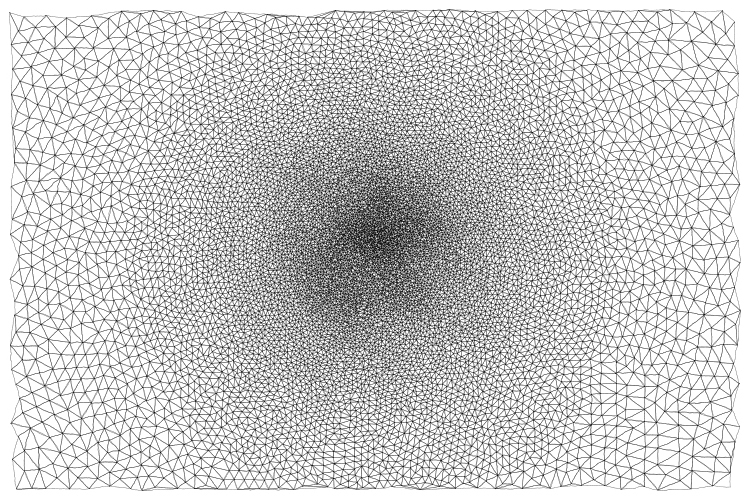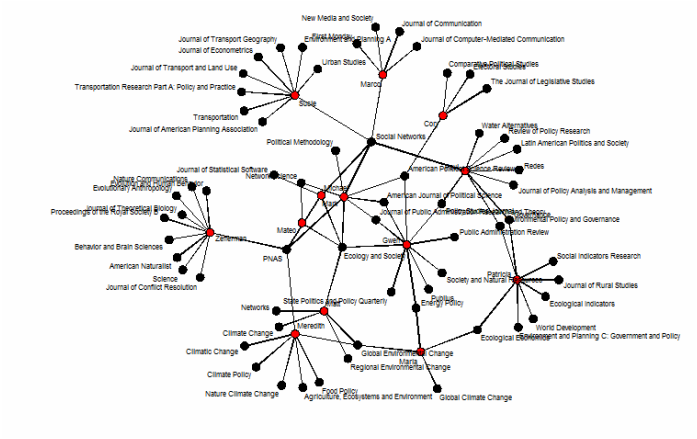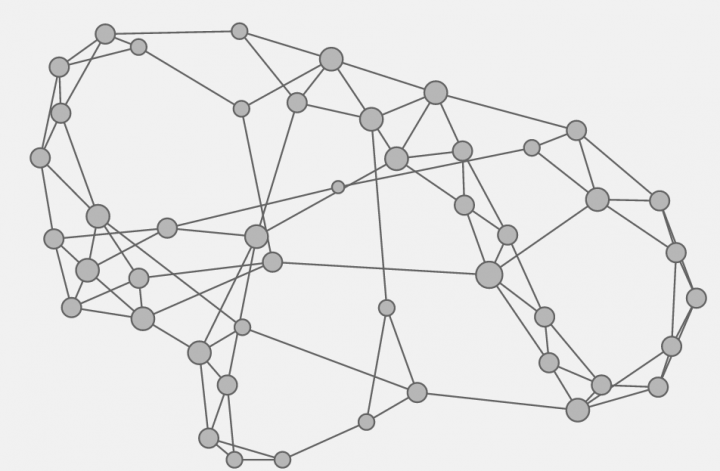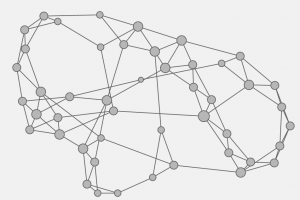The Onion Router or “Tor” Network is a free web browser that allows for seemingly anonymous communication across the web. It does this by directing one’s traffic through numerous relays (nodes) all over the world, making it difficult to pinpoint the original user. Originally developed by the U.S. Naval Research Laboratory and DARPA to protect U.S. intelligence communications, the Tor browser allows access to the “deep web” which often serves as a black market for all sorts of illegal activity, such as drug trafficking, arms dealing and child pornography.
Perhaps ironically, The Tor Project continues to receive the majority of its funding from the U.S. government and other large federal agencies, such as the National Science Foundation. This begs the question of Tor’s real purpose. Is it truly an avenue for “aiding democracy in authoritarian states” or is it just another form of government surveillance?
The answer to this question may lie in the network itself. To understand The Onion Router on a deeper level, we can begin by viewing real time maps of the Tor Networkand eventually mapping the exit nodes.



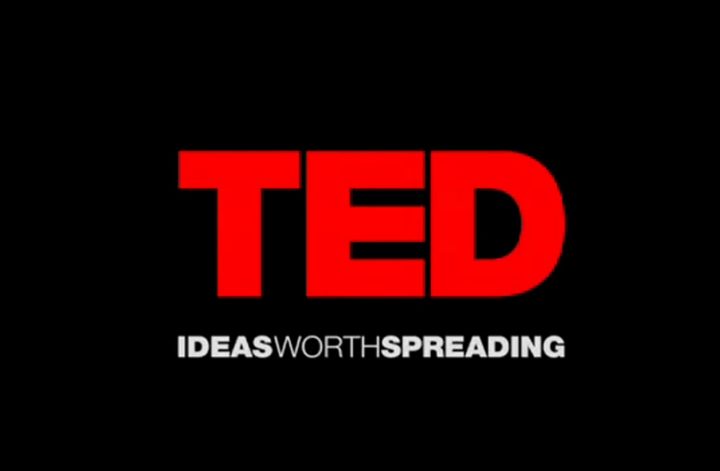
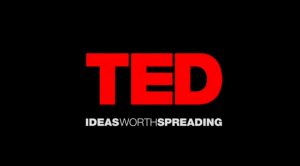 In the TED Talk “Why We Collaborate” Guy Raz talks to a series of people who have given TED Talks on the mysteries behind mass collaboration. Guest, Jimmy Wales, one of the creators of Wikipedia talks about how Wikipedia has become one of the most popular sites getting about 19 billions page views a month but could not have been what it is today without the help and collaboration of 80,000 volunteers all around the world. Wikipedia has created an atmosphere that allows people who are not in the same city let alone the same state maybe even country to work towards a common goal, spreading knowledge of music, history, math by way of Wikipedia. In addition to Wikipedia, Guy Raz brings Erik Michaels-Ober to talk about the app “Adopt a Hydrant” which is an app that worked with google maps and you could see where every hydrant was in Boston and then you could volunteer to adopt it and dig it out when the snow falls. You would think that no one would do such a thing but in fact thousands of people signed up to adopt a hydrant and together dug out thousands of hydrants in Boston thus bettering the city of Boston during snowfall.
In the TED Talk “Why We Collaborate” Guy Raz talks to a series of people who have given TED Talks on the mysteries behind mass collaboration. Guest, Jimmy Wales, one of the creators of Wikipedia talks about how Wikipedia has become one of the most popular sites getting about 19 billions page views a month but could not have been what it is today without the help and collaboration of 80,000 volunteers all around the world. Wikipedia has created an atmosphere that allows people who are not in the same city let alone the same state maybe even country to work towards a common goal, spreading knowledge of music, history, math by way of Wikipedia. In addition to Wikipedia, Guy Raz brings Erik Michaels-Ober to talk about the app “Adopt a Hydrant” which is an app that worked with google maps and you could see where every hydrant was in Boston and then you could volunteer to adopt it and dig it out when the snow falls. You would think that no one would do such a thing but in fact thousands of people signed up to adopt a hydrant and together dug out thousands of hydrants in Boston thus bettering the city of Boston during snowfall.